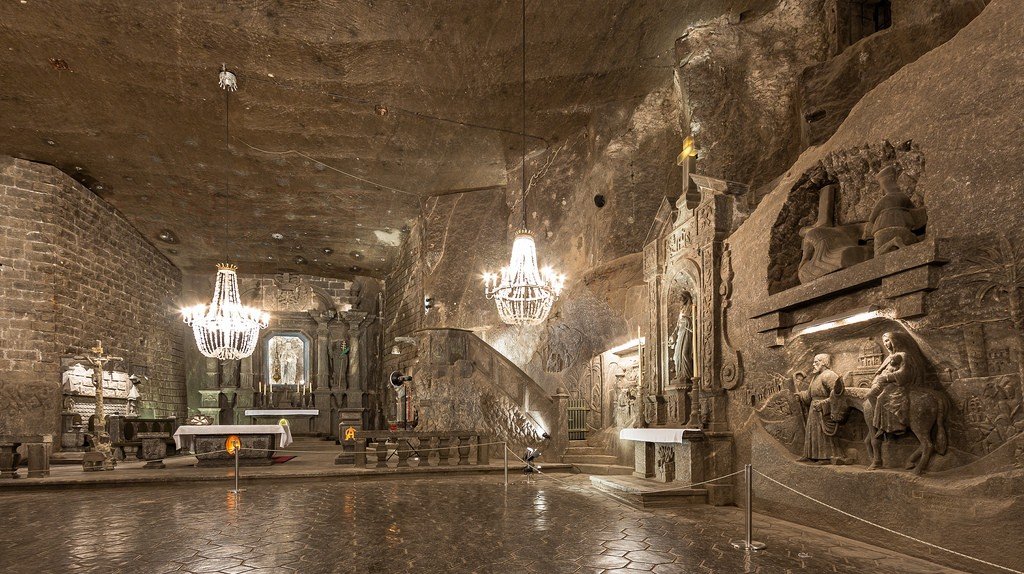
The Wieliczka Salt Mine
The Wieliczka salt mine is now a museum, an underground architectural monument, a work of art in the field of sculpture, as well as a medical, recreational, sports and concert venue. An additional feature is the functioning of the underground post office, which is the only one of its kind in the world.
A bit of history
The region is famous for the fact that people have been mining salt here since 3500 BCE. The mining of the product itself can be traced back over 700 years to the 13th century. Today, the mine is considered one of the oldest and most highly worked industrial facilities on the territory of Europe. Therefore, it was included in the list of UNESCO World Heritage Sites.
The excavation of the site ended in 1996. The experts who worked here were reoriented to create tourist trails under the ground. They also restored workings and chambers, and were responsible for the stability of the structures and the safety of those who lived on the site. Some members of staff were sent to restore some of the old equipment.
The tourist attraction of the site ensured an income exceeding many times that of the industrial exploitation of the area. Today, there are 194km of mining operations and over 2,000 chambers in the mine. The latter are very popular with tourists.
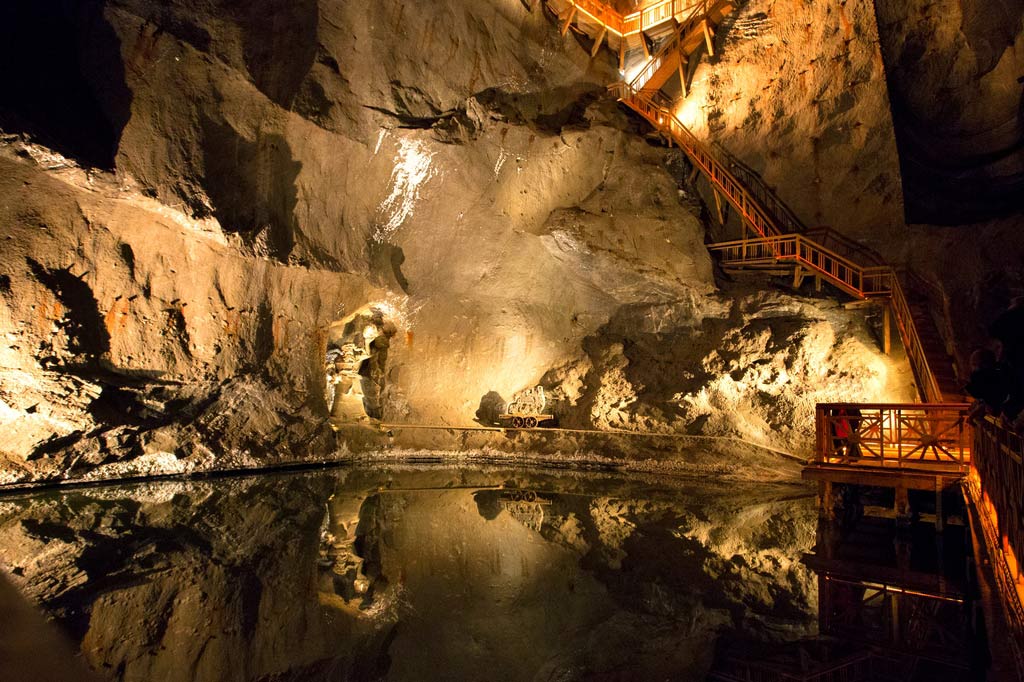
Popular chambers in the salt mine
the most famous is the “Nicolaus Copernicus Chamber”. It has been in use since the end of the 17th century. It is notable for its rounded shape and the presence of a lift, which allowed horses to move around. They were used to transport salt blocks into the underground. Today there is a monument to Copernicus, as he was present at the mine when he studied at the Jagiellonian University.
There is also a chamber called “Janowice”. It dates back to the first half of the 17th century. Already in 1967 a sculptural composition was made here. The author of the design was M. Klousek. It illustrates the process when the mine was opened. The main person in this important moment, according to the legend, was Princess Kinga.
Touring further along the route of the salt mine one can come across the chapel. The chapel is located in the chamber of Blessed Kinga. The chapel is considered to be the biggest chapel in the mine and also the most beautiful. Moreover, it is said to be the world’s largest underground shrine. It was founded in 1896. It was housed by a hollow in the chamber which was formed between 1870 and 1880. The depth at which the attraction is located is 101 metres. The height varies between 10 and 12 metres. It is about 15 to 18 metres wide and about 55 metres long.
There is also a buttress chamber called Kenegunda. It was constructed in 1829. Thanks to it, the first and the second production horizons, called Bono and Markowski Brothers respectively, are connected. The contours of the chamber are characterised by their original shapes. They are formed by crystallisation of salt. С. Kozik created sculptures here that show the traditions of the beliefs of the workers in the mine. They are similar to the underground gnomes and the Red Men.
You can find many interesting and original objects further on in the salt mine. Today it is no longer a production site, but rather a tourist attraction that is visited en masse by visitors from all over the world.
Popular articles
-
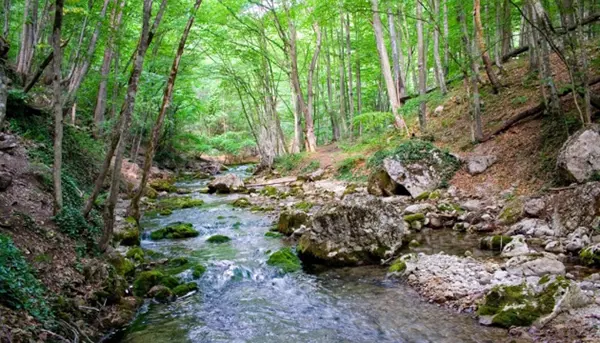 Roztocze — the Green Pearl of Eastern Poland
Roztocze — the Green Pearl of Eastern PolandRoztocze, a scenic region stretching across the Lublin Voivodeship in …
-
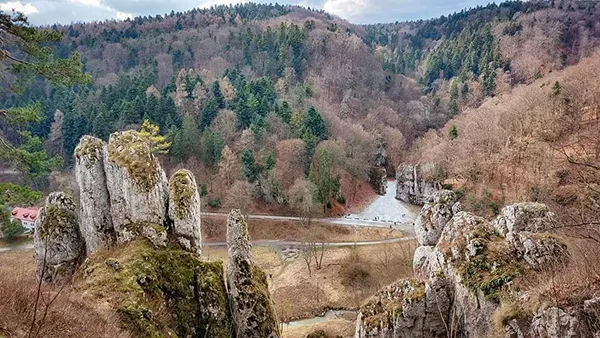 Kraków Valleys — Picturesque Gorges, Rocks and Walking Trails near Kraków
Kraków Valleys — Picturesque Gorges, Rocks and Walking Trails near KrakówThe Kraków Valleys, known in Polish as Dolinki Krakowskie, are …
-
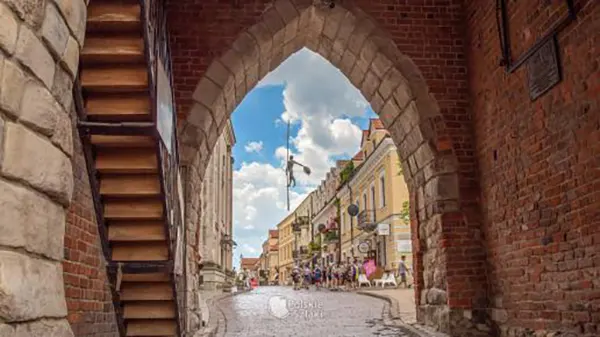 Brama Opatowska in Sandomierz: A Gothic Landmark of Polish Heritage
Brama Opatowska in Sandomierz: A Gothic Landmark of Polish HeritageBrama Opatowska, or the Opatów Gate, is one of the …
